Blog

Blog

Blog

Transform Your Space: The Ultimate Guide to Choosing Eco-Friendly Furniture Upholstery
In recent years, the demand for eco-friendly furniture upholstery has surged as consumers become increasingly conscious of their environmental impact. According to a 2022 report by Grand View Research, the global green furniture market is projected to reach $400 billion by 2027, with eco-friendly upholstery leading the charge due to rising awareness of sustainable living. Furniture upholstery plays a critical role not just in the aesthetic appeal of a space, but also in promoting healthier indoor environments by minimizing harmful emissions from traditional materials. As more manufacturers pivot towards sustainable practices, it is essential for consumers to understand their options, from naturally derived fabrics to recycled materials. This guide will empower you with knowledge to make informed choices, transforming your space into an eco-friendly haven that reflects both style and sustainability.
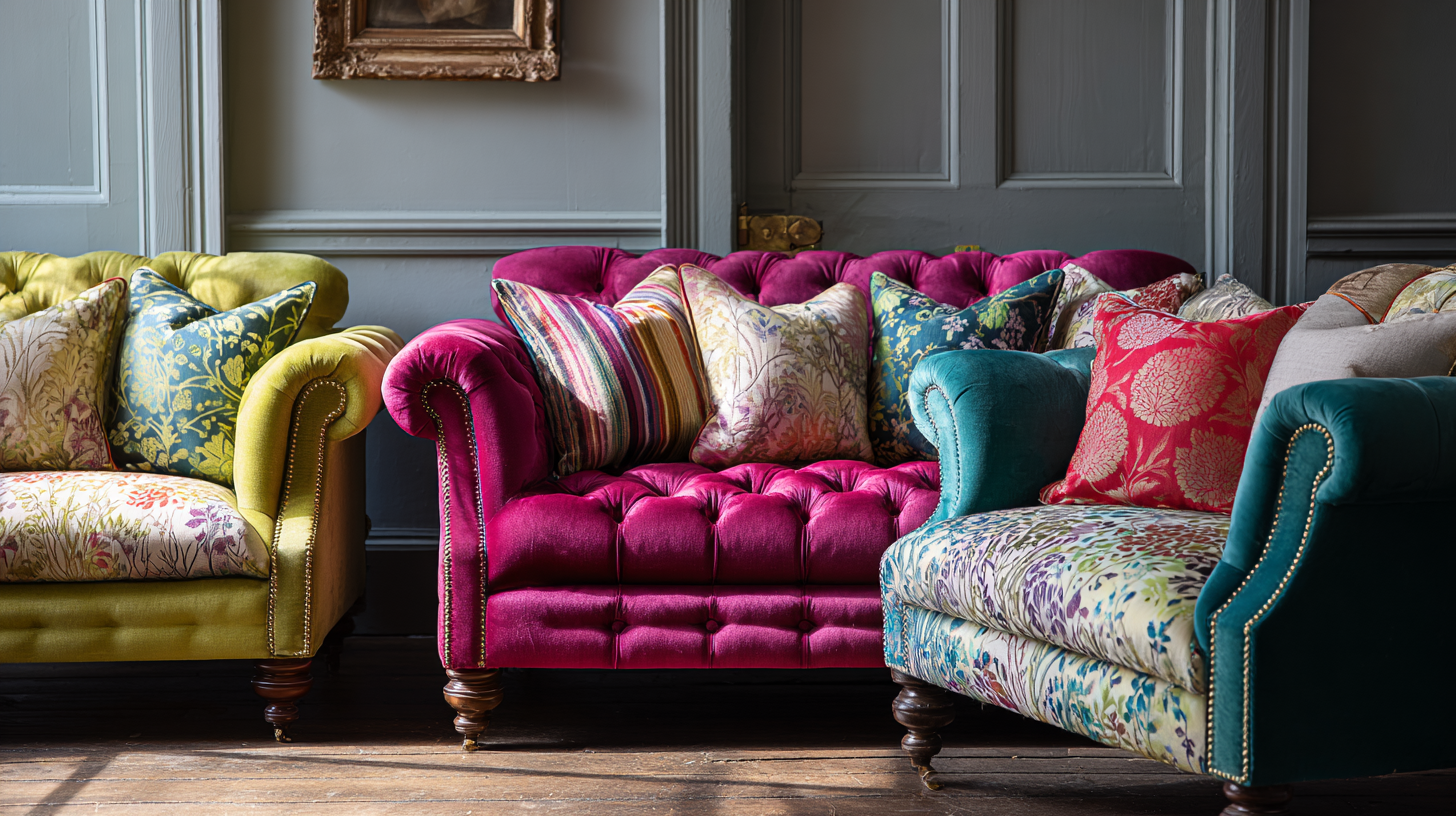
Understanding the Benefits of Eco-Friendly Upholstery for Your Home
Choosing eco-friendly upholstery for your home not only enhances your space's aesthetic appeal but also brings numerous health and environmental benefits. Conventional upholstery materials often contain harmful chemicals and synthetic fibers that can contribute to indoor air pollution and negatively impact your well-being. In contrast, eco-friendly options, such as organic cotton, hemp, and recycled polyester, are free from toxic substances, promoting better air quality and contributing to a healthier living environment.
Moreover, eco-friendly upholstery is a sustainable choice that supports responsible manufacturing practices. By opting for materials sourced from renewable resources or recycled content, you're reducing waste and conserving natural resources. Many eco-friendly upholstery brands prioritize ethical labor practices and environmentally friendly production methods, ensuring your investment contributes positively to both communities and the planet. This mindful choice not only transforms your space visually but also aligns with a lifestyle that values sustainability and health.
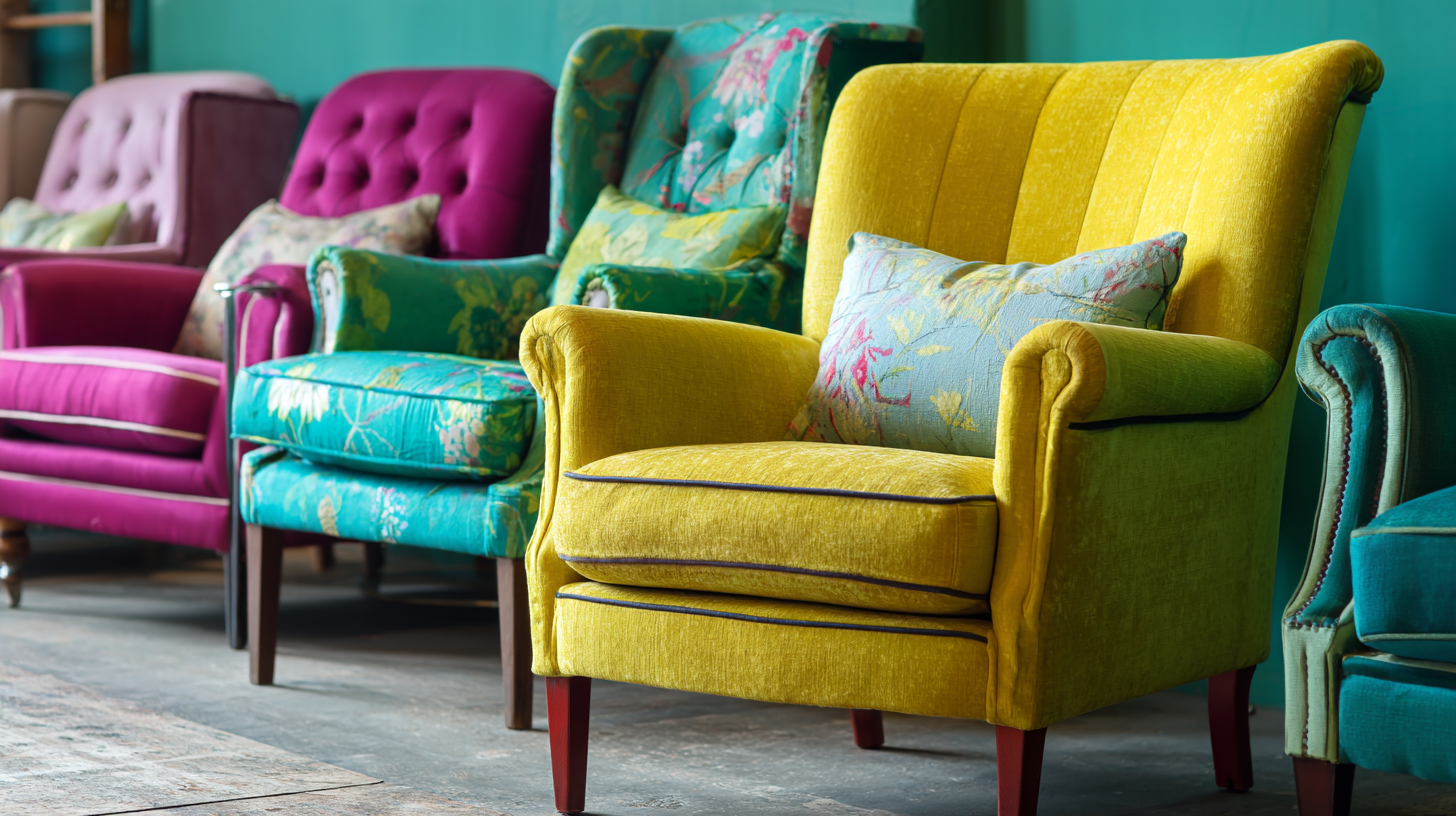
Key Materials to Consider for Sustainable Furniture Upholstery
When selecting eco-friendly furniture upholstery, it's crucial to consider materials that not only minimize environmental impact but also offer durability and comfort. One of the top contenders is organic cotton, which is grown without synthetic pesticides or fertilizers. This natural fiber not only reduces chemical exposure but is also biodegradable, making it an excellent choice for sustainable upholstery. Additionally, organic cotton is soft and breathable, enhancing both the aesthetic and functional quality of your furniture.
Another eco-conscious option is hemp fabric, renowned for its strength and longevity. Hemp requires significantly less water and no chemical herbicides, making it one of the most sustainable fibers available. Its natural resistance to mold and UV light further enhances its appeal for upholstery, ensuring that your furniture remains in excellent condition over time. Finally, consider recycled materials, such as fabrics made from post-consumer plastics, which play a vital role in reducing waste and repurposing resources. By opting for these innovative materials, you can transform your space into an eco-friendly haven.
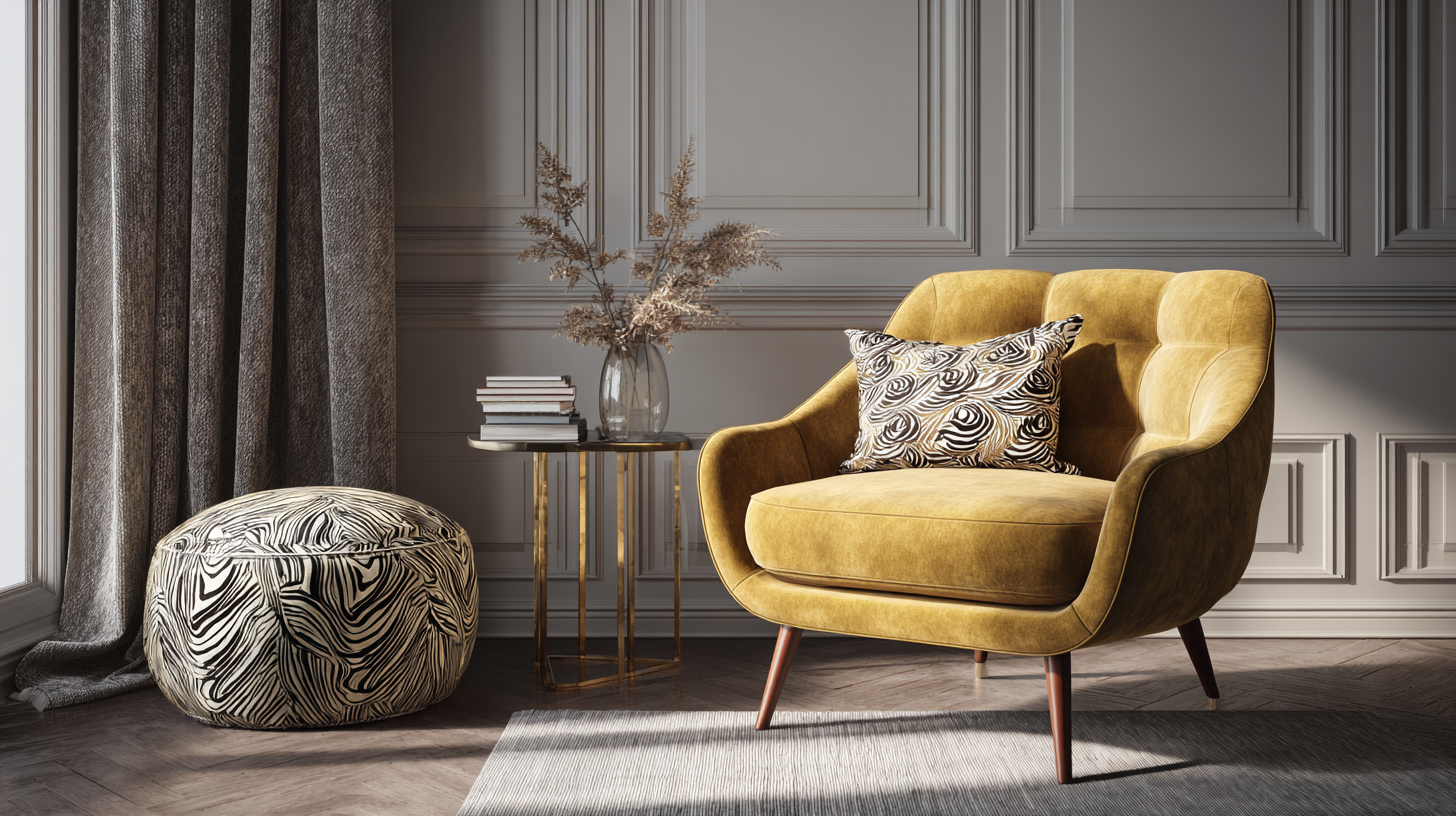
Top Tips for Maintaining Eco-Friendly Furniture Upholstery
When investing in eco-friendly furniture upholstery, maintaining its beauty and sustainability is essential. Regular care not only extends the longevity of your upholstery but also preserves its environmental benefits. According to a report by the Sustainable Furnishings Council, furniture made from sustainable materials can reduce environmental impact by up to 30%. By following a few simple tips, you can keep your eco-friendly upholstery looking its best.
One effective maintenance tip is to vacuum your upholstered furniture weekly. This removes dust and allergens, ensuring that your pieces remain healthy and visually appealing. Additionally, use biodegradable cleaners for any stains or spills. Many eco-friendly upholstery materials, such as organic cotton or hemp, can be spot-cleaned with solutions that won't harm the environment. A study published in the Journal of Sustainable Design highlights that using non-toxic cleaning products can significantly reduce indoor air pollution.
Finally, consider using protective covers made from recycled materials to shield your upholstery from dirt and wear. They can prolong the lifespan of your furniture and minimize the need for replacements, which, according to the Ellen MacArthur Foundation, can decrease waste in landfills by 70%. Adopting these maintenance practices not only enhances the durability of your sustainable furniture but also champions a greener lifestyle.
Stylish Color Palettes That Complement Eco-Friendly Designs
When selecting eco-friendly furniture upholstery, color plays a crucial role in harmonizing your interior design with sustainable living. Current trends suggest that shades like pistachio green are set to dominate in spring and summer 2025, reflecting a desire for freshness and vitality in our spaces. This soft yet vibrant hue pairs beautifully with a variety of palettes, making it versatile for both modern and traditional designs.
Tips: To style your space with pistachio green, consider combining it with earthy neutrals or soft pastels to balance its vibrancy. For instance, using creams, beiges, or light pinks can create a calming ambiance that maintains a natural feel, in line with eco-friendly principles.
Furthermore, integrating green tones into your upholstery can enhance a serene atmosphere while supporting sustainability. Designers are increasingly recommending combinations such as muted mustard or ochre alongside green to evoke warmth, while blues can also complement greens beautifully, creating a layered, tranquil environment. Always opt for upholstery made from organic or recycled materials to ensure your choices are as eco-conscious as possible.
How to Identify Certifications for Truly Sustainable Upholstery
When it comes to choosing eco-friendly furniture upholstery, understanding certifications is essential for making sustainable decisions. The Global Organic Textile Standard (GOTS) is one of the most recognized certifications, ensuring that textiles are made from organic fibers and produced in environmentally and socially responsible ways. According to a report by the Textile Exchange, the demand for organic cotton alone is projected to grow significantly, reflecting consumers' increasing awareness and desire for sustainable products.
Another important certification to look out for is the OEKO-TEX Standard 100, which tests for harmful substances in textiles. A study published by the OEKO-TEX Association indicates that over 90% of consumers are interested in purchasing textiles that are certified free of harmful chemicals. This statistic highlights the growing expectation for transparency in the upholstery market. Additionally, the Forest Stewardship Council (FSC) certification is crucial for upholstery made from wood-derived materials, ensuring sustainable forest management practices. These certifications not only help consumers make informed choices but also push manufacturers towards more environmentally friendly production methods.
Related Posts
-
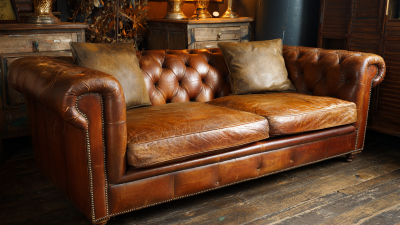
How to Choose the Right Leather Upholstery for Your Home
-
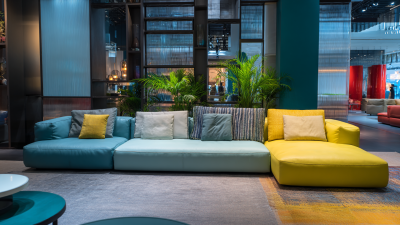
Emerging Trends in Sofa Material: Insights from the 138th Canton Fair 2025
-
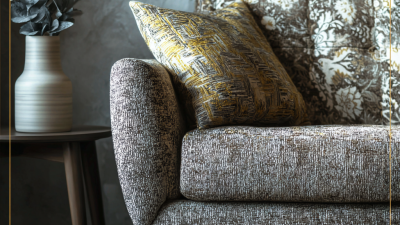
What is the Role of Designer Upholstery Fabric in Enhancing Home Aesthetics and Durability
-
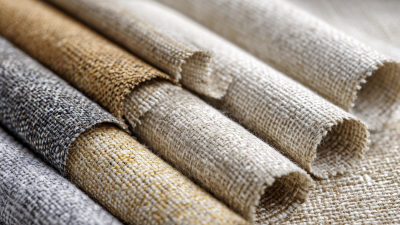
How to Choose the Right Outdoor Upholstery Fabric Based on Durability and UV Resistance
-

Advantages of Utilizing Sustainable Furniture Upholstery for Your Home
-

The Ultimate Guide to Choosing the Right Seat Fabric: Insights and Trends from the Industry
